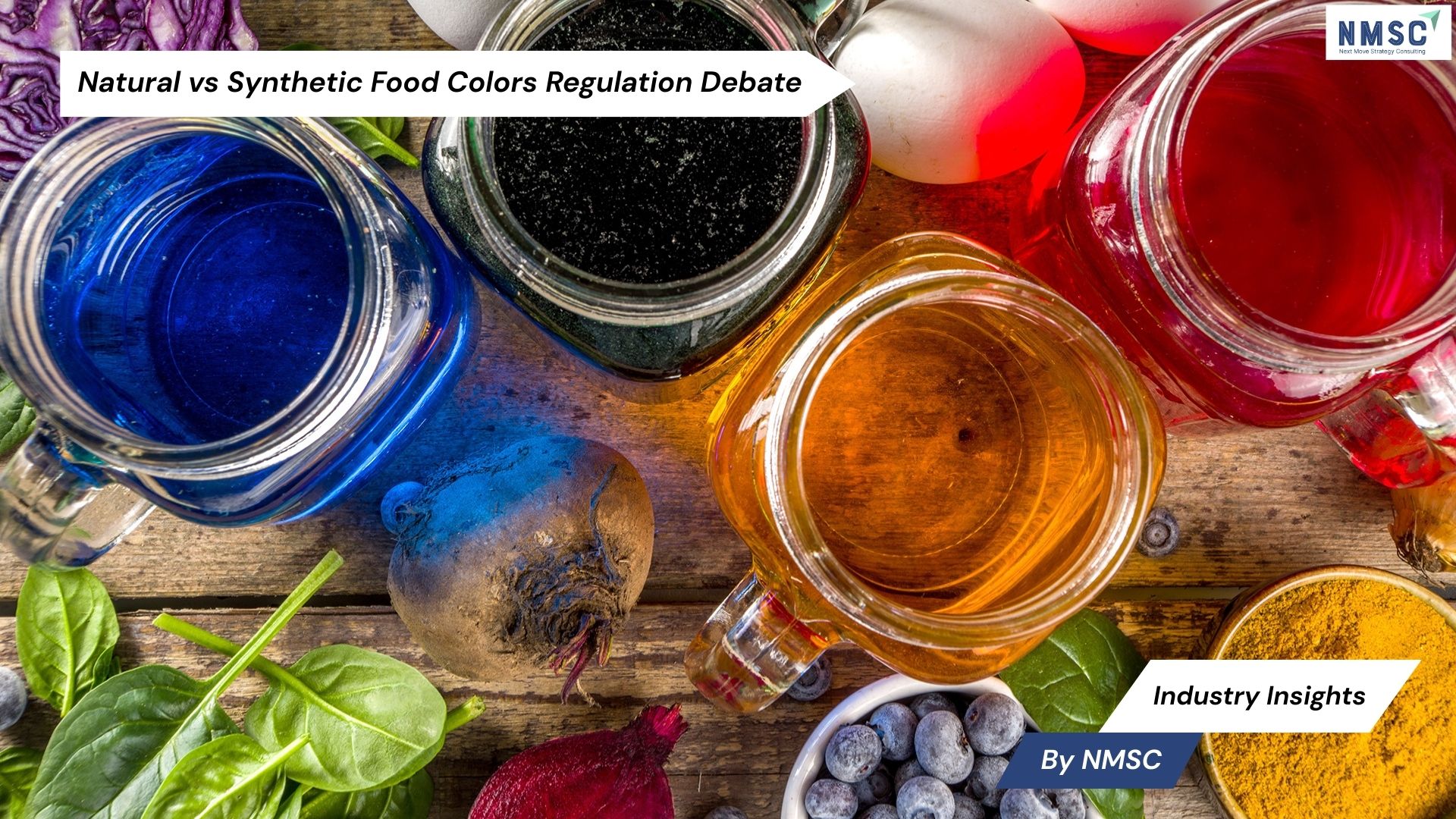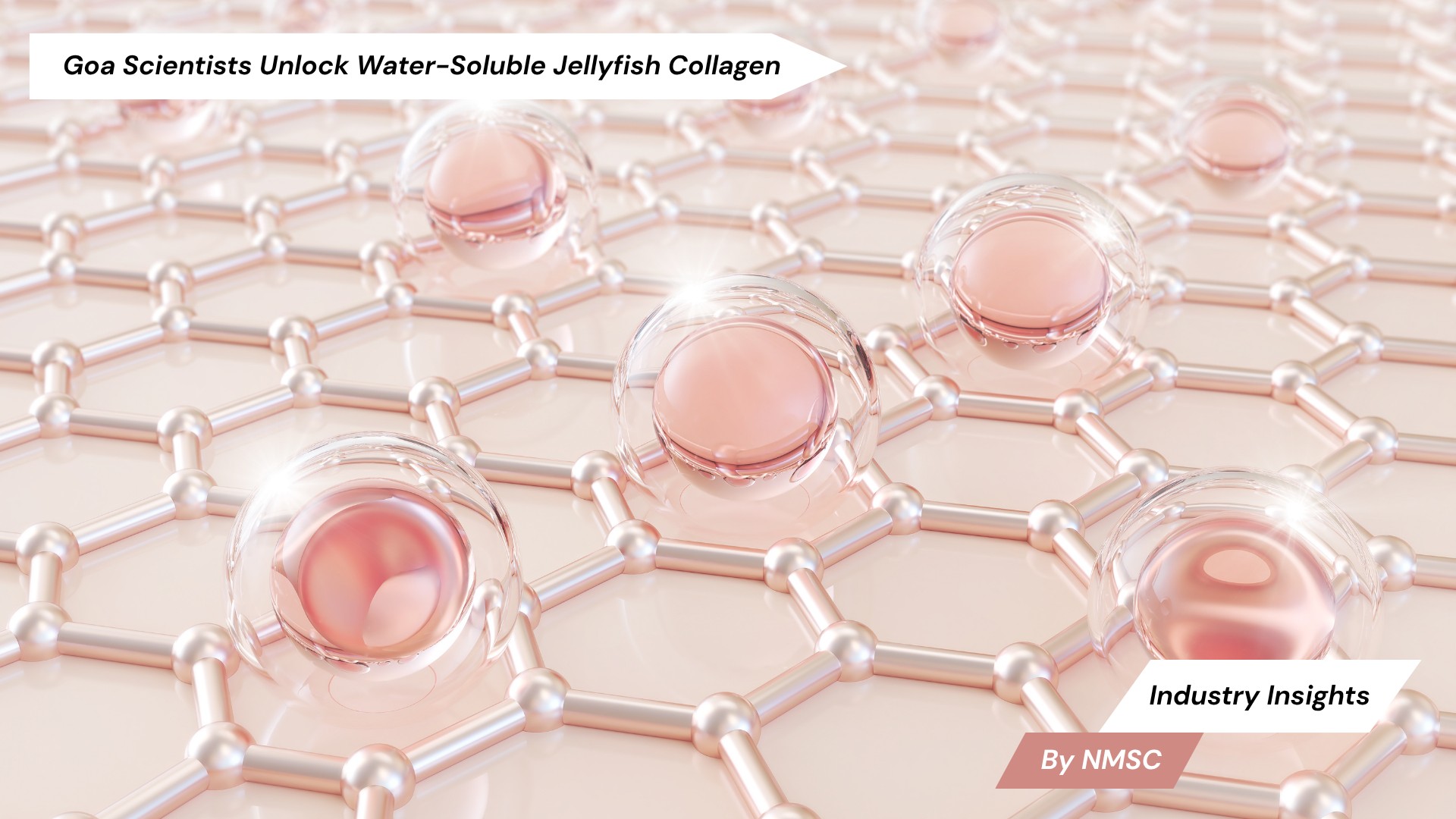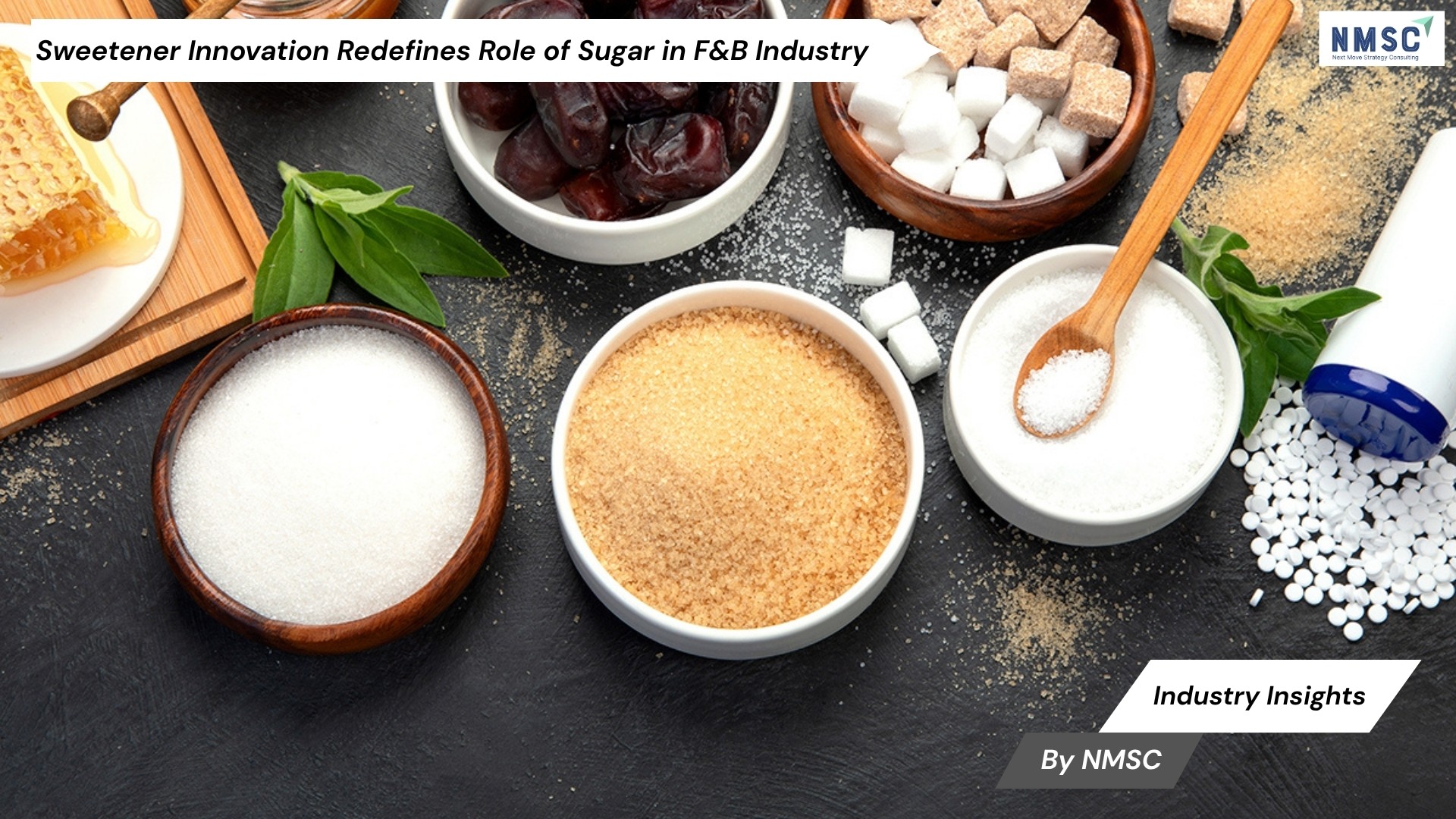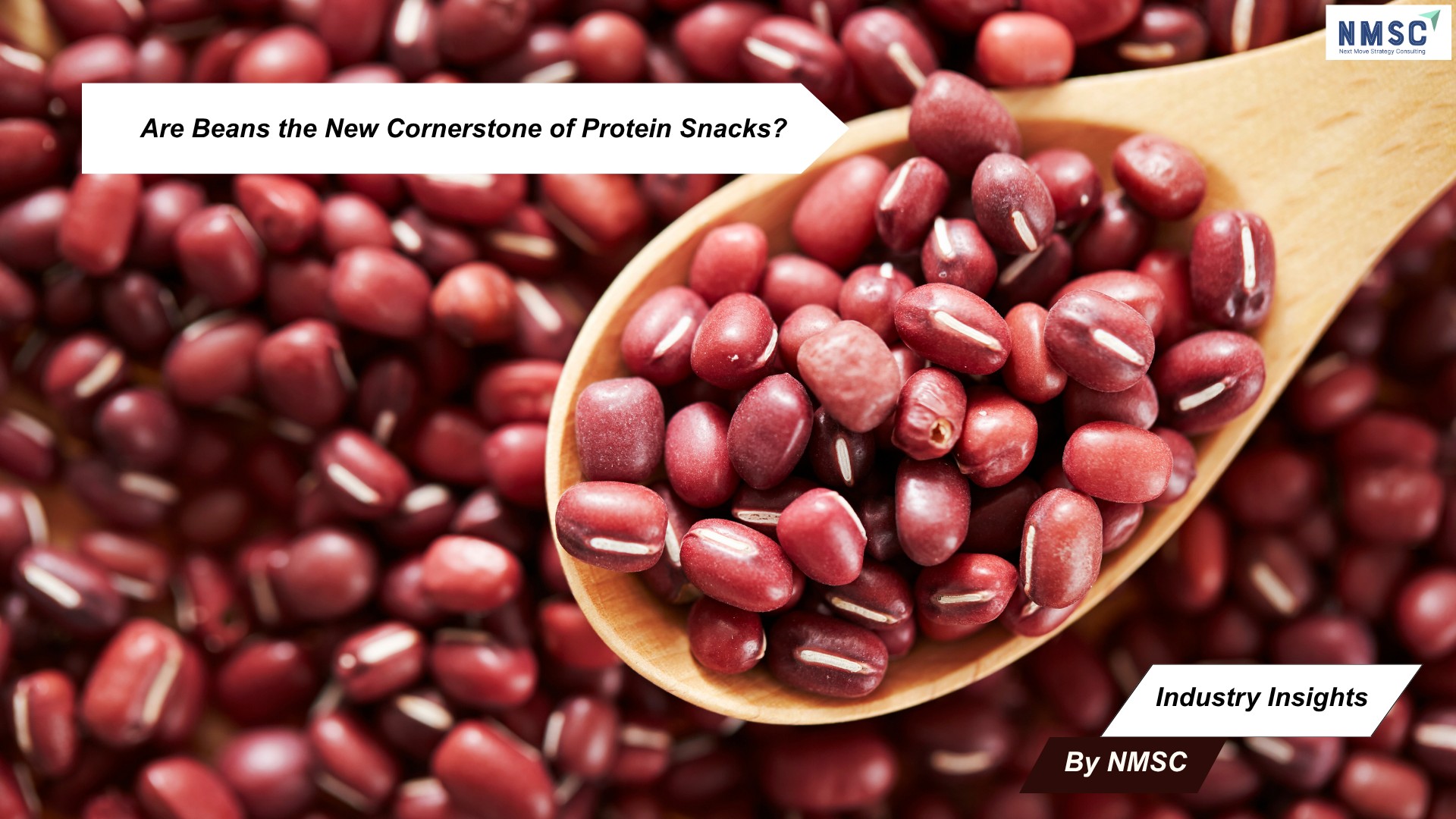Natural vs Synthetic Food Colors Regulation Debate
Published: 2025-09-17

Food Colors Market Faces Scrutiny Over “Natural” vs. Synthetic Safety Claims
A growing regulatory flurry in the US is prompting a reassessment of how food colors—both synthetic and natural—are governed, with stakeholders questioning whether “natural” automatically means safer. Industry experts are urging nuanced thinking, citing differences in regulation, potency, and additive usage that could reshape consumer expectations and regulatory policy in the food colors market.
Policy Momentum and Consumer Perception
In recent weeks, attention has shifted toward the push by US authorities, including Health Secretary Robert F. Kennedy Jr., to place stricter limits on artificial dyes and promote natural alternatives. However, some specialists warn that this tilt toward natural colourings does not necessarily translate into better safety outcomes.
Key Regulatory and Technical Contrasts
Regulation Intensity: Synthetic food colors undergo rigorous review by the US Food and Drug Administration (FDA), with mandatory external testing to verify compliance. By contrast, natural—or naturally-derived—colourants often rely on self-certification from manufacturers, which some argue allows for greater variability in safety standards.
Strength and Quantity Needed: Artificial dyes tend to be more potent than natural ones. To achieve comparable visual effect in food, larger quantities of natural colourants may be required, potentially increasing total additive load in a product. “Typically it takes eight parts of a natural colour to achieve the same colour outcome in a finished food product.”
Approved Natural Options: Currently, only four naturally-derived food colourings are FDA-approved in the US, including extracts such as blue from red algae, butterfly pea flower, gardenia blue, and calcium phosphate. Each of these carries its own usage and performance characteristics.
Next Move Strategy Consulting’s View
According to Next Move Strategy Consulting, the food colors market is at a turning point. While natural alternatives are gaining traction, the higher quantities required and the lighter regulatory oversight raise important concerns for both producers and consumers. Synthetic dyes, though often criticized, continue to offer consistency and stronger compliance frameworks under FDA standards.
Next Move Strategy Consulting notes that the food colors market will be shaped by innovation and stricter regulatory harmonization. Companies that focus on advancing naturally-derived colour technologies, while maintaining rigorous safety validation, are likely to strengthen their competitive position. At the same time, synthetic options will remain relevant due to their potency, stability, and stronger oversight mechanisms.
Source: FOODbible
Prepared by: Next Move Strategy Consulting
About the Author
 Tania Dey is an experienced Content Writer specializing in digital transformation and industry-focused insights. She crafts impactful, data-driven content that enhances online visibility, and aligns with emerging market trends. Known for simplifying complex concepts, Tania Dey delivers clear, engaging narratives that empower organizations to stay ahead in a competitive digital landscape.
Tania Dey is an experienced Content Writer specializing in digital transformation and industry-focused insights. She crafts impactful, data-driven content that enhances online visibility, and aligns with emerging market trends. Known for simplifying complex concepts, Tania Dey delivers clear, engaging narratives that empower organizations to stay ahead in a competitive digital landscape.
About the Reviewer
 Sanyukta Deb is a seasoned Content Writer and Team Leader in Digital Marketing, known for her expertise in crafting online visibility strategies and navigating the dynamic digital landscape. With a flair for developing data-driven campaigns and producing compelling, audience-focused content, she helps brands elevate their presence and deepen user engagement. Beyond her professional endeavors, she finds inspiration in creative projects and design pursuits.
Sanyukta Deb is a seasoned Content Writer and Team Leader in Digital Marketing, known for her expertise in crafting online visibility strategies and navigating the dynamic digital landscape. With a flair for developing data-driven campaigns and producing compelling, audience-focused content, she helps brands elevate their presence and deepen user engagement. Beyond her professional endeavors, she finds inspiration in creative projects and design pursuits.
















Add Comment